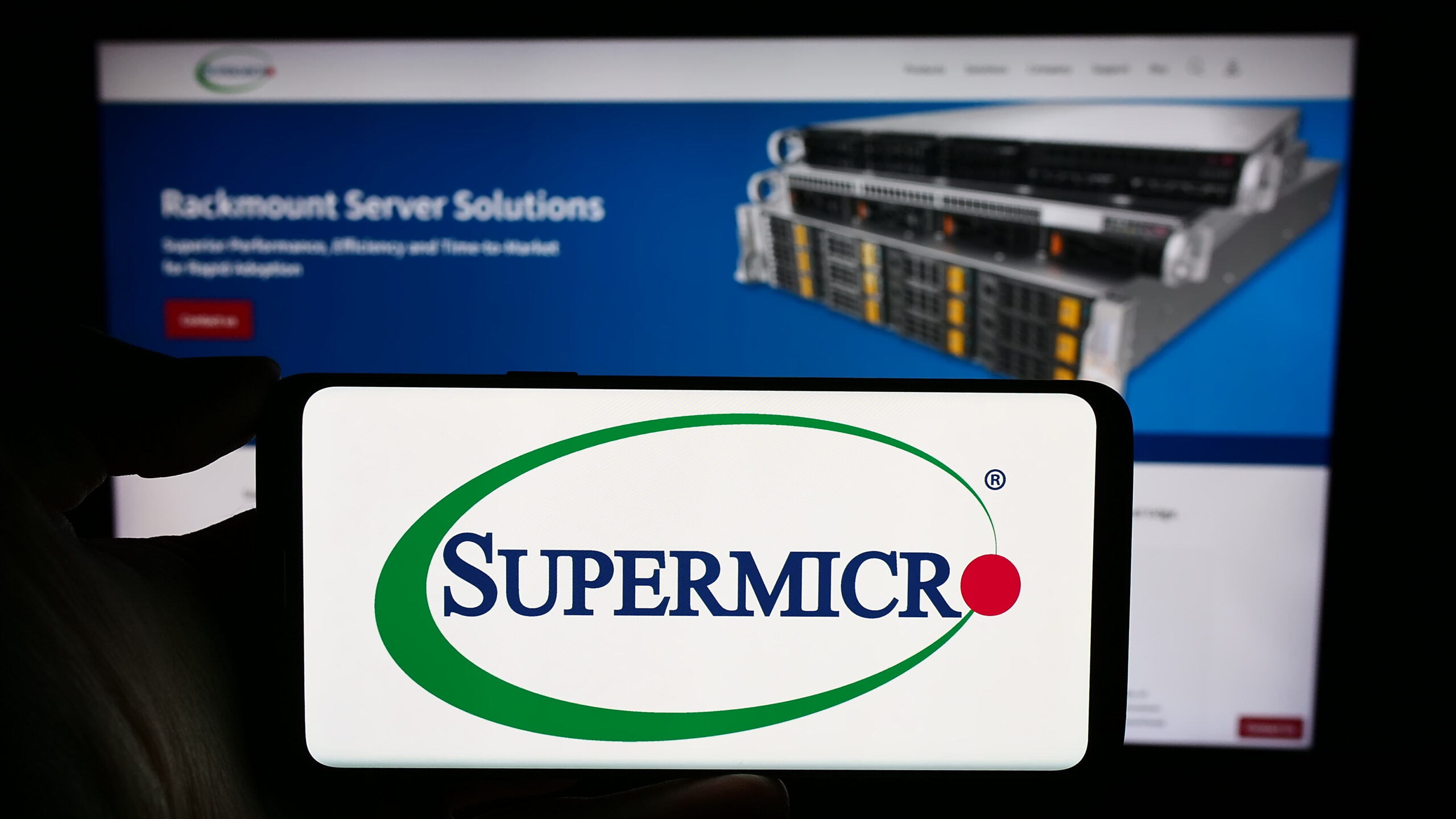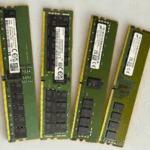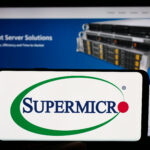Supermicro Hardware Maintenance: The History
The data center world has long been dominated by a few familiar names: Dell, HPE, and Cisco. While those brands have commanded the spotlight, Supermicro has quietly built an empire through relentless engineering, efficiency, and adaptability.
Founded in 1993 in San Jose, Supermicro began as a niche motherboard manufacturer serving system builders and integrators. Three decades later, it has evolved into a global leader in servers, storage, and AI infrastructure. Its systems now support hyperscalers, enterprises, and research institutions around the world, without the hype or heavyweight marketing of traditional OEMs.
Engineering Over Hype
Supermicro’s success is rooted in engineering discipline. Its “Building Block Solutions” framework allows customers to configure hardware precisely to their workloads, whether compute-heavy financial systems, storage-dense media environments, or GPU-rich AI clusters. The approach emphasizes modular design, real performance, and flexibility rather than licensing or lock-in schemes.
This is hardware designed by engineers for engineers, built to perform and scale without unnecessary layers of complexity.
Green Before It Was Cool
Efficiency has always been part of Supermicro’s DNA. The company’s “Green Computing” initiative, introduced in 2007, pushed the boundaries of energy efficiency long before sustainability became a corporate mandate. Direct liquid cooling, optimized airflow, and 80 PLUS Titanium power supplies reflect that same philosophy today.
Every generation of Supermicro hardware demonstrates a focus on maximizing performance while minimizing footprint, power draw, and waste. Practicality and principle drive this approach.
From Niche to Mainstream
For years, Supermicro gear was an insider favorite among engineers who valued performance and control. As enterprise IT shifted toward modular, flexible architectures, that preference started to spread. Today, Supermicro’s systems stand beside Dell and HPE in data centers across the globe, known for high density, quick delivery, and fine-grained customization.
The company’s platforms now power a significant share of AI, HPC, and cloud workloads. They also include configurations purpose-built for NVIDIA and AMD GPU environments. In an industry where lead times and costs continue to climb, that level of agility has become a unique advantage.
Addressing the Security Myth
Supermicro’s history includes a chapter of unwanted attention, the 2018 “spy chip” allegation that questioned the integrity of its supply chain. Investigators spent years examining the claim and found no evidence to support it. In response, Supermicro expanded third-party audits, deepened transparency, and reinforced its manufacturing oversight. The result is one of the most thoroughly vetted supply chains in the industry.
The Appeal to Modern IT Leaders
Supermicro’s rise reflects a shift in buyer priorities. Flexibility, efficiency, and rapid delivery now outweigh brand loyalty and legacy contracts. The company’s ability to deliver enterprise-grade systems at competitive prices and to customize them to exact workloads continues to attract data center leaders seeking both performance and control.
A Quiet Revolution
Focus and consistency define Supermicro’s trajectory. While others chase acquisitions or buzzword reinventions, it continues to refine its core mission: building high-performance, efficient systems that meet real-world needs.
That persistence has turned Supermicro from a niche manufacturer into a cornerstone of modern infrastructure, proof that steady execution can outperform hype.
Options for Supermicro Hardware Maintenance
Supermicro also offers its own support programs, but many organizations choose to extend coverage through Systain, OSI Global’s third-party maintenance service. Systain provides flexible, cost-effective Supermicro hardware maintenance support, helping teams maximize uptime and extend the life of their infrastructure. Learn more about Systain TPM.
OSI Global’s engineers work with Supermicro systems every day, supporting configuration, deployment, and maintenance. Together, they help customers maximize the value and longevity of their infrastructure investments.




